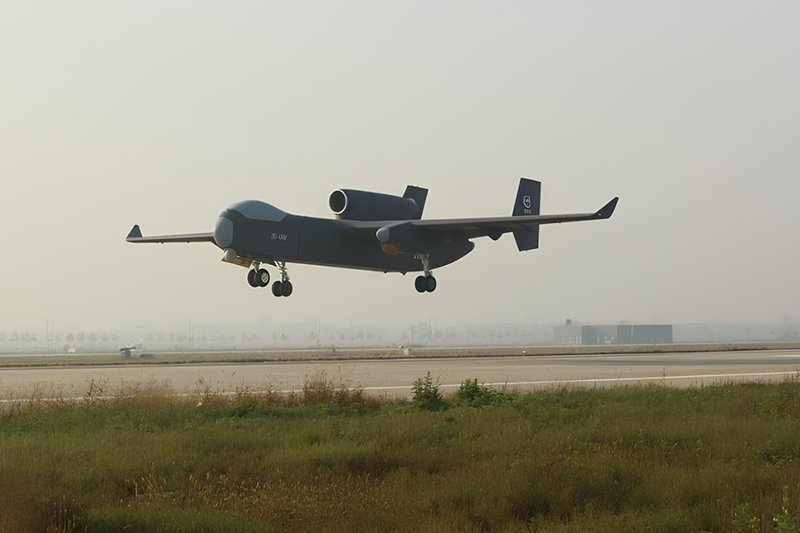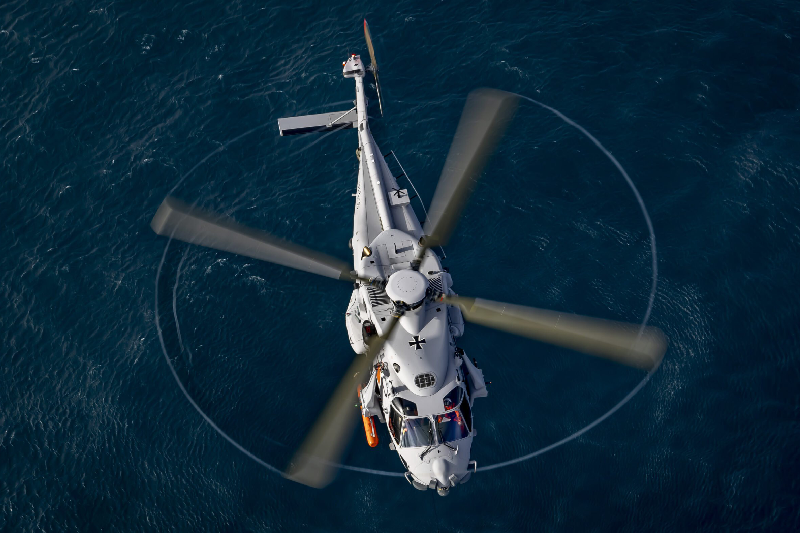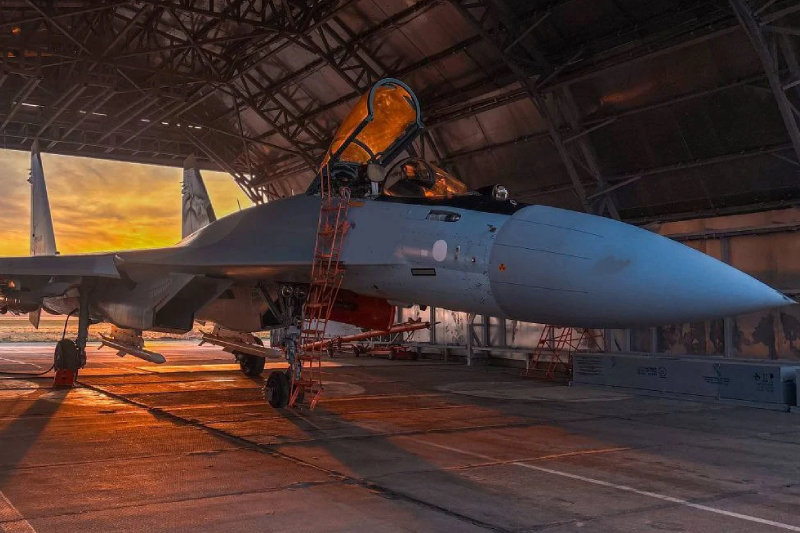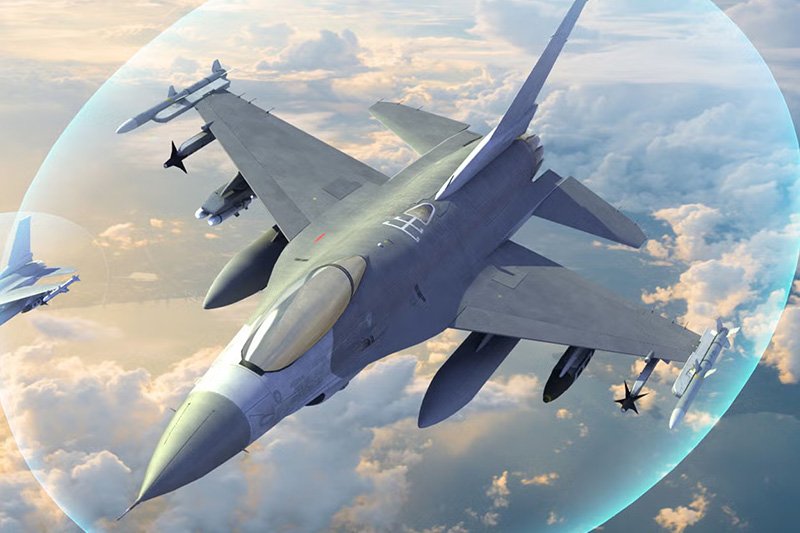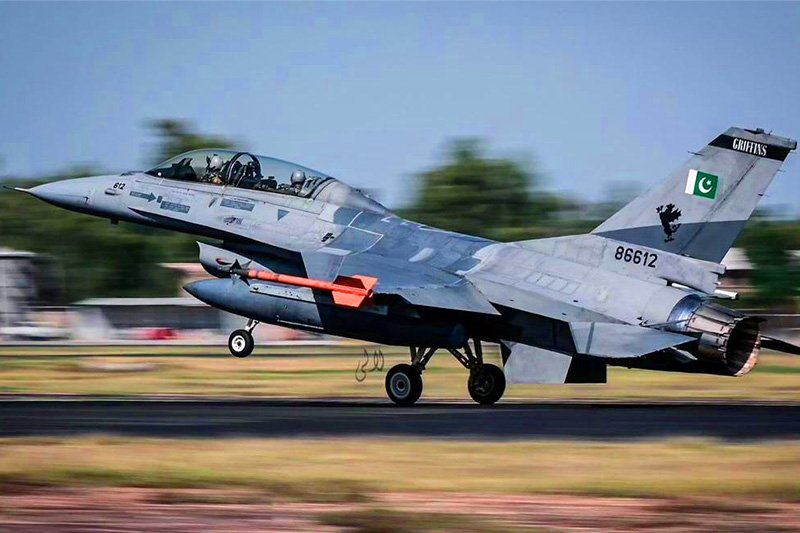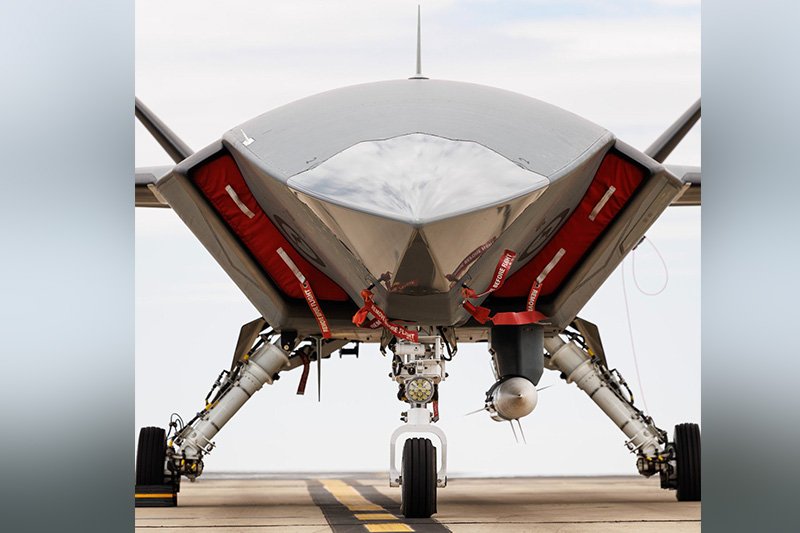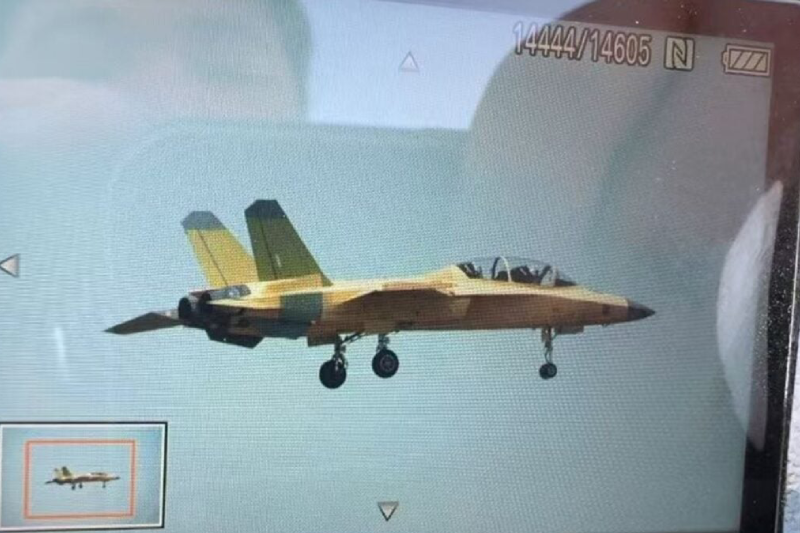China’s New Combat Jet Makes First Test Flight
China has conducted the maiden flight of a new jet trainer aircraft, as recently published images circulating on Chinese social media platforms have revealed. This significant development in China’s new combat jet program marks an important milestone in the People’s Liberation Army Navy’s expanding aviation capabilities and modernization efforts. The prototype of this China’s new combat jet was observed during pre-flight preparations and subsequently captured airborne, demonstrating the aircraft’s successful debut as part of China’s ambitious carrier aviation expansion strategy.
The jet, produced by Hongdu Aviation Industry Group (HAIG), features distinctive design elements specifically tailored for demanding naval operations, including twin engines for enhanced safety and power, a reinforced landing gear system capable of withstanding harsh carrier deck impacts, and twin canted vertical stabilizers for improved directional stability. While its general layout bears resemblance to the US-made Boeing T-7A Red Hawk advanced trainer, the new Chinese aircraft incorporates significant adaptations optimized for carrier landings, such as a robust twin-nose wheel configuration and structural modifications suitable for arrested recovery operations and catapult launch systems.
According to a 2023 Chinese patent filing, the aircraft is officially designated as a “twin-tail jet with side-mounted intakes,” providing legal documentation of its design characteristics. The technical illustrations accompanying the patent detail a tandem two-seat cockpit arrangement allowing instructor and student positioning, along with prominent air intakes positioned to maximize airflow while minimizing foreign object ingestion risks. These design features are consistent with stringent naval aviation requirements that demand reliability and safety in challenging maritime environments.
Analysts suggest the aircraft is being developed as a universal platform for training naval aviators while simultaneously serving as the foundation for future light combat or patrol variants capable of performing diverse missions. These potential operational roles include air-to-air interception against enemy aircraft and unmanned threats, as well as ground strike missions supporting amphibious operations. Industry observers highlight features such as its ruggedized landing gear, arrestor hook housing for engaging carrier arresting wires, and twin-engine configuration as clear indicators of its deck-based operational role and multi-mission adaptability.
The new trainer’s introduction comes amid China’s broader strategic efforts to modernize its carrier aviation forces, currently reliant on the JL-9 and L-15 platforms, neither of which fully meets the operational needs of modern aircraft carriers equipped with electromagnetic catapult systems. This capability gap has hindered pilot training effectiveness and limited the operational readiness of China’s expanding carrier fleet. The new platform directly addresses these shortcomings by providing purpose-built carrier compatibility from initial design stages.
HAIG, based in Nanchang, Jiangxi Province, is also the manufacturer of the L-15 Falcon trainer, a platform currently in service with the PLA Air Force and successfully exported to multiple countries including Zambia and Venezuela. While the L-15 has been utilized in advanced pilot training roles and demonstrates satisfactory performance in land-based operations, it lacks the full structural capability required for repeated carrier takeoff and landing operations that impose extreme stresses on airframes.
By comparison, the new prototype offers substantial design upgrades that suggest a focused emphasis on operational compatibility with carrier decks and their unique operational demands. With China’s third aircraft carrier, Fujian, undergoing extensive sea trials and featuring advanced electromagnetic catapult systems similar to US Ford-class carriers, demand for a dedicated carrier-based jet trainer is increasing significantly. The timing of this new trainer’s development aligns perfectly with China’s accelerated carrier aviation expansion timeline.
China’s JL-9 and L-15 trainers have demonstrated limited effectiveness in maritime operations due to fundamental design constraints. The JL-9, a derivative of the older J-7 platform based on Soviet-era MiG-21 technology, lacks the performance envelope needed for realistic carrier operations including approach speeds, thrust-to-weight ratios, and structural strength. Meanwhile, the L-15, though more modern with contemporary avionics and aerodynamics, remains primarily optimized for land-based training without the reinforced structure necessary for sustained carrier operations.
This new HAIG jet is expected to fill that critical capability gap by offering an indigenous carrier-capable training aircraft specifically designed for the PLAN’s unique requirements. Beyond its primary training mission, it could also serve as the foundation for a light strike or multirole platform in future iterations, potentially replacing older aircraft in roles such as coastal patrol, maritime surveillance, and close air support for amphibious operations where a lightweight, cost-effective platform offers advantages over deploying front-line fighters.
Also read this: Pakistan Navy to Receive Turkish-Built Warship Soon
The emergence of this new trainer highlights China’s continuing substantial investment in naval aviation as part of its long-term strategy to expand blue-water operational capabilities and project power beyond its immediate coastal waters. This development reduces dependency on imported systems or modified land-based platforms that compromise operational effectiveness. As China’s carrier fleet expands with additional vessels under construction, the availability of purpose-built training aircraft becomes increasingly critical for developing the pilot cadre necessary to operate a credible carrier strike force capable of challenging Western naval dominance in the Indo-Pacific region.
Keep connected with us at Facebook, Twitter, YouTube, Instagram & TikTok for latest defense happening around the globe.
Discover more from International Defence Analysis
Subscribe to get the latest posts sent to your email.


